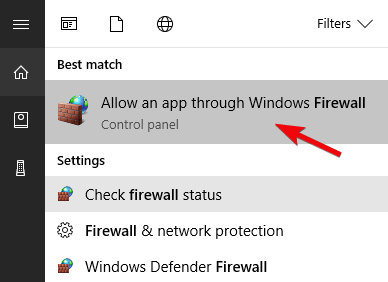

Replication is also largely non-blocking on the replica side.This means that the master will continue to handle queries when one or more replicas perform the initial synchronization or a partial resynchronization. Redis replication is non-blocking on the master side.Since Redis 4.0, all the sub-replicas will receive exactly the same replication stream from the master. Aside from connecting a number of replicas to the same master, replicas can also be connected to other replicas in a cascading-like structure. Replicas are able to accept connections from other replicas.Redis uses asynchronous replication, with asynchronous replica-to-master acknowledges of the amount of data processed.The rest of this document mainly describes the basic characteristics of Redis basic replication.

You can check the Redis Sentinel or Redis Cluster documentation for more informationĪbout high availability and failover. However with WAIT the probability of losing a writeĪfter a failure event is greatly reduced to certain hard to trigger failure Writes can still be lost during a failover, depending on the exact configuration Turn a set of Redis instances into a CP system with strong consistency: acknowledged Specified number of acknowledged copies in the other Redis instances, it does not However WAIT is only able to ensure there are the Synchronous replication of certain data can be requested by the clients using This allows having optional synchronous replication. So the master does not wait every timeįor a command to be processed by the replicas, however it knows, if needed, what They received periodically with the master. However, Redis replicas asynchronously acknowledge the amount of data High performance, is the natural replication mode for the vast majority of Redis Redis uses by default asynchronous replication, which being low latency and This will involve a more complex process in which the master needs to create a snapshot of all its data, send it to the replica, and then continue sending the stream of commands as the dataset changes.
LAG VS DSYNC FULL


 0 kommentar(er)
0 kommentar(er)
